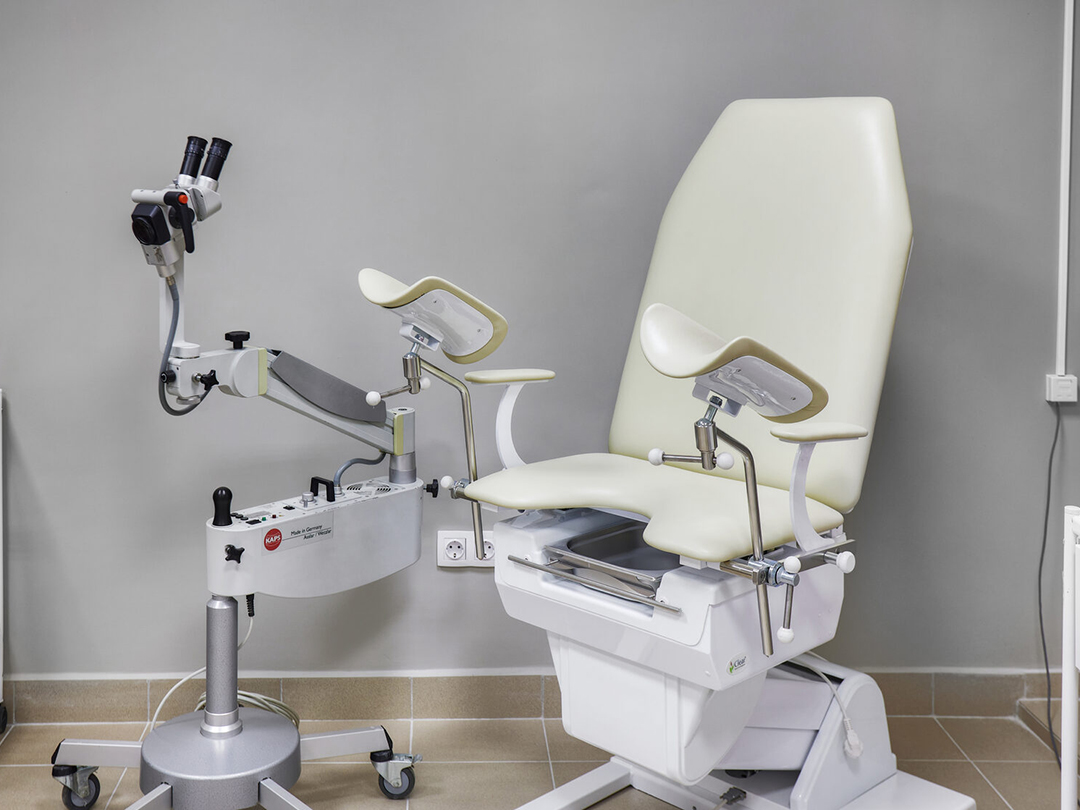Healing Innovation Transforming Medical Comfort with Silicone-Coated Fabrics
Unveiling the Advantages
● Acid-Base Resilience:
Silicone-coated fabrics redefine medical comfort with their exceptional resistance to acid-base corrosion. Medical equipment and furniture upholstered with these fabrics remain robust and visually appealing, ensuring a hygienic environment for patients and healthcare professionals.
● Antibacterial Armor:
In healthcare settings, preventing the spread of bacteria is crucial. Silicone-coated fabrics offer an antibacterial shield, contributing to a safer and more sterile medical environment.
● Mold-Resistant Comfort:
Hospitals face the challenge of maintaining cleanliness and preventing mold growth. Silicone-coated fabrics resist mold, ensuring that medical equipment and furniture uphold the highest standards of hygiene.
● Corrosion-Resistant Endurance:
Frequent use and exposure to medical-grade substances can subject furniture to corrosion. Silicone-coated fabrics stand strong, providing enduring comfort for patients and caregivers alike.
Scratch-Defying Hygiene:
In medical facilities, where cleanliness is paramount, furniture often faces the risk of scratches. Silicone-coated fabrics are resilient to scratches, maintaining a pristine and hygienic appearance.
Stain-Repellent Wellness:
Medical environments demand materials that resist stains and are easy to clean. Silicone-coated fabrics repel spills and dirt, making them the ideal choice for medical furniture that prioritizes cleanliness and patient comfort.
Comparative Analysis
● PVC (Polyvinyl Chloride) Leather
PVC, though common in healthcare furniture, may raise environmental concerns.
Silicone-coated fabrics emerge as a greener and more hygienic alternative, offering healthcare facilities an eco-friendly option that prioritizes patient well-being.
● PU (Polyurethane) Leather
PU leather may provide softness but could lack the durability required for medical furniture.
Silicone-coated fabrics strike a balance, offering both comfort and resilience, ensuring that healthcare environments are both luxurious and enduring.
● Microfiber Leather
Microfiber, known for its soft touch, may be susceptible to scratches and stains.
Silicone-coated fabrics bring together softness and unparalleled durability, ensuring that medical furniture remains both luxurious and enduring.
Healthcare Comfort:
In the realm of healthcare, silicone-coated fabrics are not just materials; they are a statement of comfort, hygiene, and innovation. From recovery chairs to waiting room seating, these fabrics enhance the patient experience, offering a harmonious blend of style, durability, and a commitment to healthcare standards.
In conclusion, silicone-coated fabrics mark a paradigm shift in medical furniture, offering a blend of comfort, hygiene, and innovation. As they become the preferred choice for healthcare designers and patients alike, these materials pave the way for a medical environment that values both patient well-being and sustainability, ensuring that every healthcare experience is not just a treatment but a journey towards wellness and comfort.





